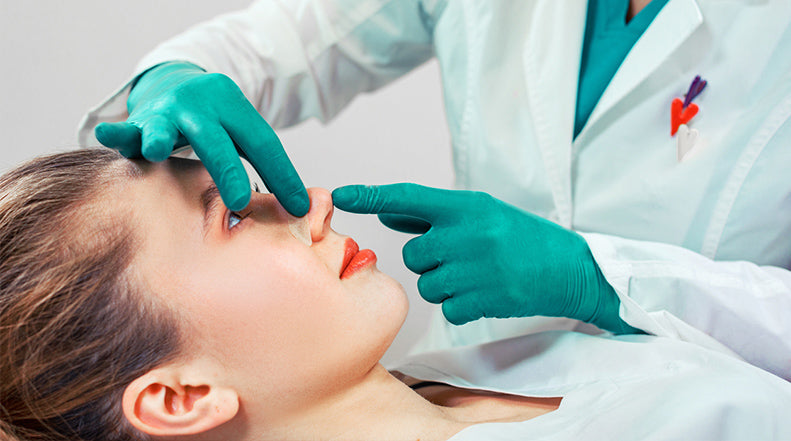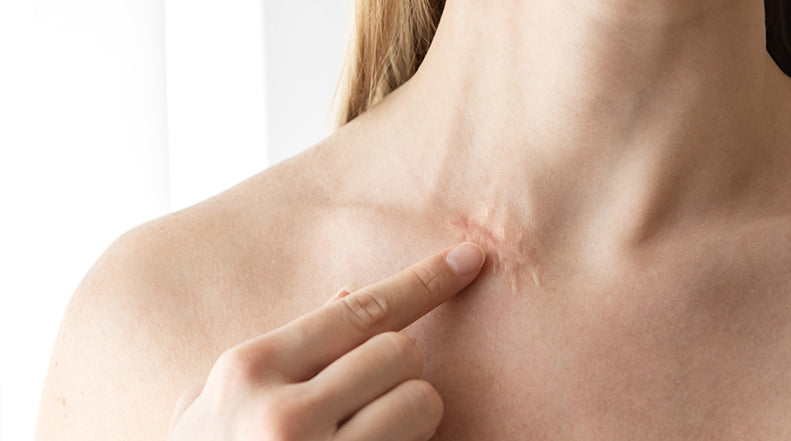What to Expect During Your Rhinoplasty Recovery

Rhinoplasty is often referred to as a "nose job" by patients. This procedure enhances facial harmony and the proportions of the nose. It can also correct impaired breathing caused by structural defects in the nose. Rhinoplasty is often used to correct nose width at the bridge, the size and position of the nostrils, nose profile with visible humps or depressions on the bridge, nasal tip that is enlarged or bulbous, drooping, upturned or hooked, nostrils that are large, wide or upturned, and nasal asymmetry.
COST AND RISK
The average cost of rhinoplasty is about $5,046, according to 2017 statistics from the American Society of Plastic Surgeons. Rhinoplasty surgery costs can vary widely though and the average fee does not include anesthesia, operating room facilities or other related expenses. Keep in mind that a surgeon's fee will be based on his or her experience and geographic office location.
Like all major procedures, there is a risk that comes with rhinoplasty. When making the decision to have rhinoplasty, you will have to decide if the benefits outweigh the risks and potential complications. Your plastic surgeon will go over in detail the risks associated with surgery. When you decide to have rhinoplasty, you will be asked to sign consent forms to ensure that you fully understand the procedure and any risks or potential complications. Rhinoplasty surgery risks include: anesthesia risks, infection, poor wound healing or scarring, change in skin sensation (numbness or pain), difficulty breathing, unsatisfactory nasal appearance, skin discoloration and swelling, and possibility of revisional surgery. Nasal septal perforation (a hole in the nasal septum) is rare and additional surgical treatment may be necessary to repair the septum but it may be impossible to correct this complication
If you have any questions or concerns it is important that you address all your questions directly with your plastic surgeon.
THE PROCEDURE
Here are the steps to a rhinoplasty, according to the American Society of Plastic Surgeons.
Step 1 – Anesthesia
Medications are administered for your comfort during the surgical procedure. The choices include intravenous sedation or general anesthesia. Your doctor will recommend the best choice for you.
Step 2 – The incision
Rhinoplasty is performed either using a closed procedure, where incisions are hidden inside the nose, or an open procedure, where an incision is made across the columella, the narrow strip of tissue that separates the nostrils. Through these incisions, the skin that covers the nasal bones and cartilages is gently raised, allowing access to reshape the structure of the nose.
Step 3 – Reshaping the nose structure
An overly large nose may be reduced by removing bone or cartilage. Sometimes surgery of the nose may require the addition of cartilage grafts. Most commonly, cartilage from the septum, the partition in the middle of the nose, is used for this purpose. Occasionally cartilage from the ear or rarely a section of rib cartilage can be used.
Step 4 – Correcting a deviated septum
If the septum is deviated, it can be straightened and the projections inside the nose reduced to improve breathing.
Step 5 – Closing the incision
Once the underlying structure of the nose is sculpted to the desired shape, nasal skin and tissue is redraped and incisions are closed. Additional incisions may be placed in the natural creases of the nostrils to alter their size.
RECOVERY
During your rhinoplasty recovery, a splint and/or packing will be placed inside your nose and a splint or bandages placed on the outside to support and protect the new structures during initial healing. The initial swelling will typically subside within a few weeks after surgery, however it can take up to a year for your new nasal contour to fully refine. During this time you will see gradual changes in the appearance of your nose. The swelling will come and go and worsen in the morning during the first year following your rhinoplasty surgery. You will be given specific instructions on how to care for the surgical site, medications to apply or take orally to aid healing and reduce the potential for infection, specific concerns to look for at the surgical site or in your general health, and when to follow up with your plastic surgeon.
It is a good idea to apply an antibiotic cream to the surgical incision once the incision has begun the healing process and stopped bleeding. This cream can help to prevent harmful bacteria from infecting the area and allows the body to proceed with recovery. Reducing the risk of infection reduces the amount of damage that can be done to the area. For the most part, the more damage done to the skin, the worse the scar will be. Therefore, if you are able to keep the area free of infection, you have already helped to minimize and repair the scar that will form. Please follow your doctor’s orders and only use products he or she recommends.
Early in the postoperative period is the best time to start treating the area to reduce scarring. Using a scar gel like NewGel+ to help minimize the signs of scarring is an easy way to begin the process of diminishing your scar. It dries clear, is flexible on your face, excludes bacteria and preserves helpful hydration. Its use should only be started after stitches are removed and you have spoken to your doctor concerning scar treatment.




Comments